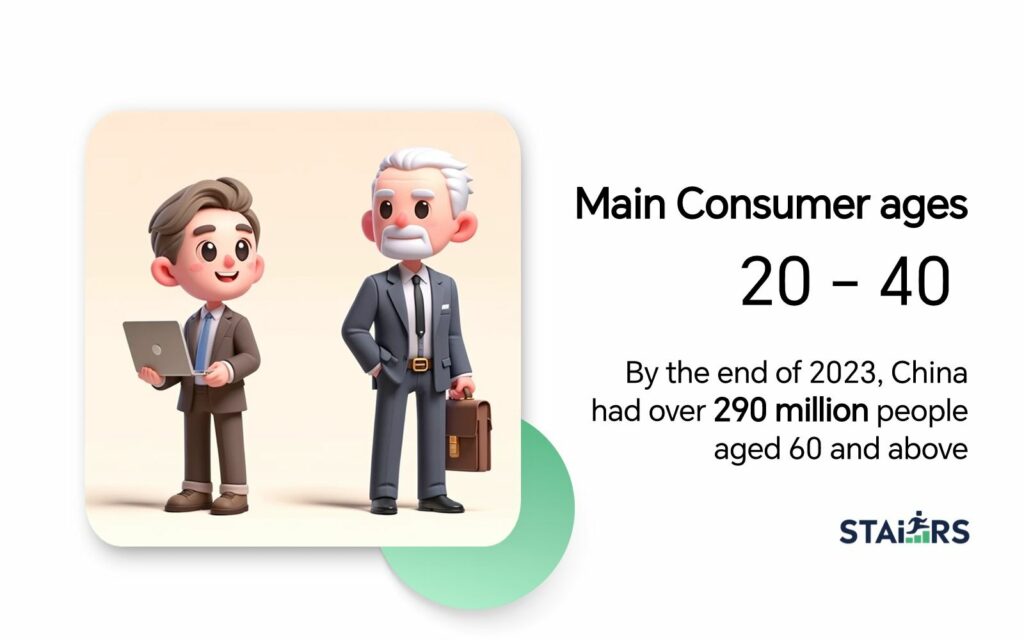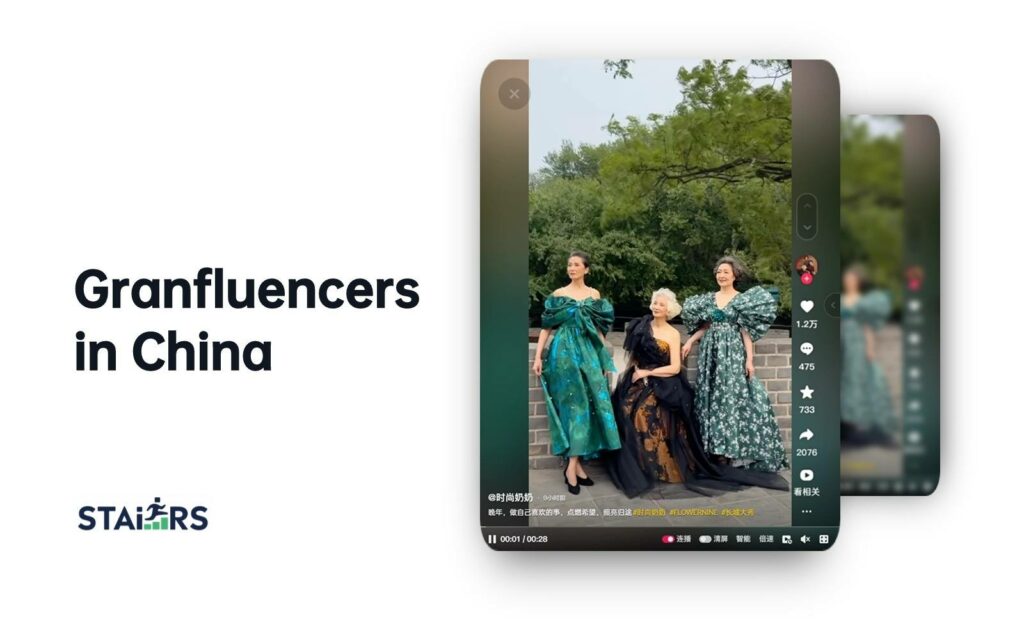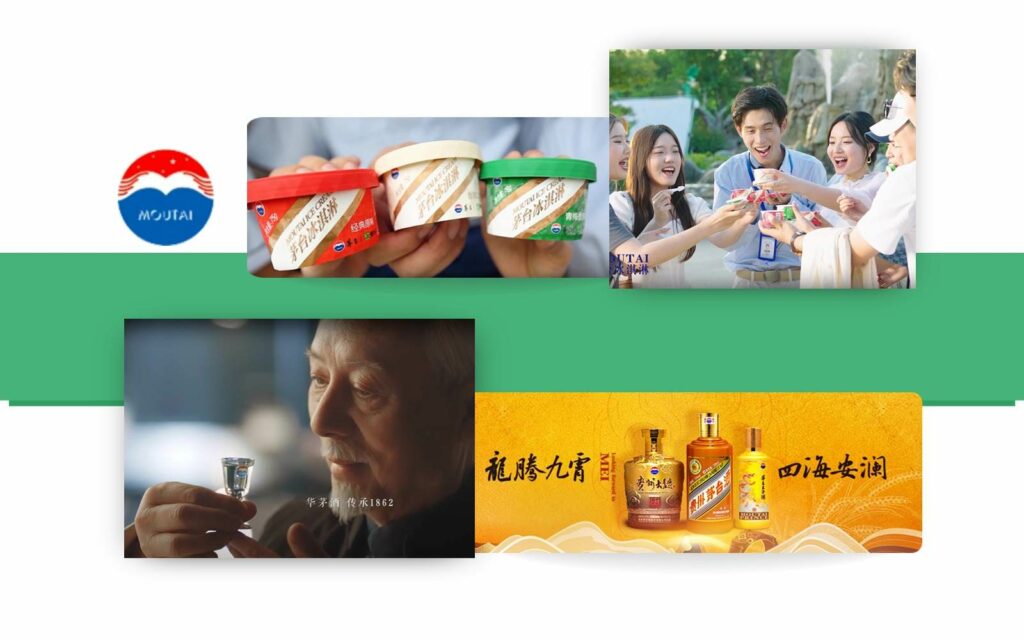In the traditional Chinese market, brands often focus on specific age groups, especially those under 40.
This outdated perspective is becoming less effective in China’s diverse and rapidly changing market.
As the Chinese market grows, brands must adjust their strategies, moving away from generational thinking towards building “Post-Generational” brands.
Why Break Free from “Generational Thinking” in the Chinese Market?
1. Changes in the Chinese Market
Historically, people aged 20 to 40 were seen as the main consumer force in China. However, the spending power of older adults is rising with demographic shifts. By the end of 2023, China had over 290 million people aged 60 and above, accounting for 21.1% of the total population.

2. Blurred Generational Boundaries
Research indicates that generational boundaries are often blurred and arbitrary. Significant differences exist even within the same generation. For example, young people living in Beijing and Shanghai may have very different lifestyles. Therefore, relying solely on generational divisions for marketing strategies is ineffective.
An Expansion Project in China? We Can Help You!
How can we disrupt the generational mindset in the Chinese market?
To succeed in the Chinese market, brands should not simply group consumers by age. Instead, they should deeply understand and leverage the common values shared across different age groups.
1. Creating an Age-Neutral Brand
Brands need to create an image that transcends age, emphasizing common values like health, freedom, innovation, and self-realization. By promoting these universal values, brands can attract a wider audience.
2. Focusing on Individuals
Brands should see consumers as individuals rather than members of a specific generation. In China, more people prefer personalized treatment over being classified into age groups. Brands can better meet consumer needs through personalized marketing strategies.
3. Leveraging Intergenerational Influence
Intergenerational influence is growing. Many young consumers are influenced by their parents, grandparents, and even “granfluencers.” Brands should recognize this and design marketing content that can appeal across generations in the Chinese market.

A Post-Generational Branding Era begins in the Chinese Market
As people age, their needs change, but product designs can meet the needs of all age groups. Successful brands no longer remain age-neutral but instead bridge age gaps to cater to all consumers. This trend is evident in the market.
Baijiu and Baidu: From Liquor to Ice Cream
Chinese liquor brand Moutai has begun to target younger consumers by combining Baidu’s AI marketing platform and new ice cream products. Through digital technology and comprehensive content strategies, Moutai breaks communication and product boundaries, impacting the younger generation.

Conclusion
In today’s Chinese market, businesses can use massive data and AI tools to understand and predict consumer behavior and needs more accurately. Moving away from traditional generational segmentation and using real-time data analysis to create personalized marketing strategies is crucial for successful brand marketing in China.
If you want to learn more about the Chinese market, please contact the professional digital marketing agency STAiiRS.


Recent Comments